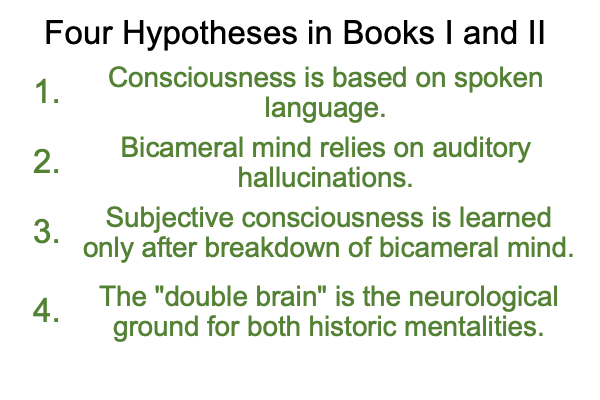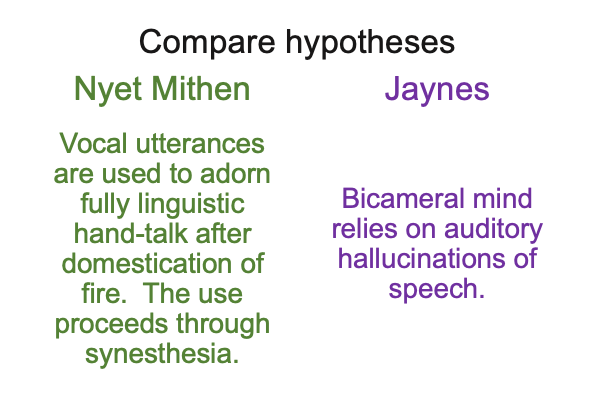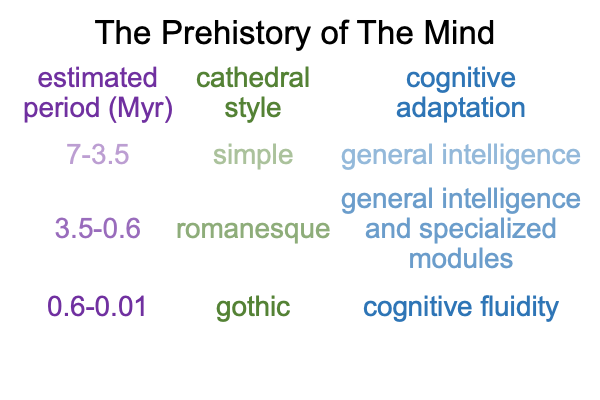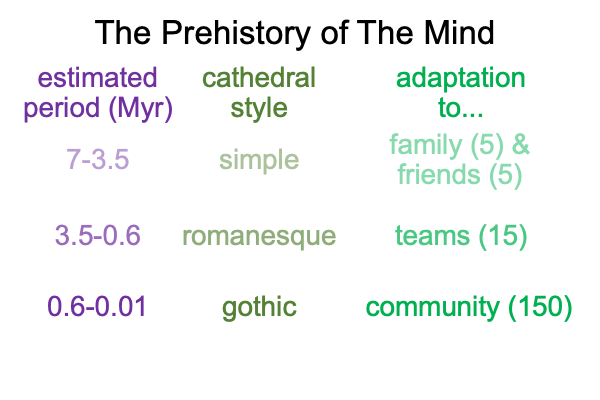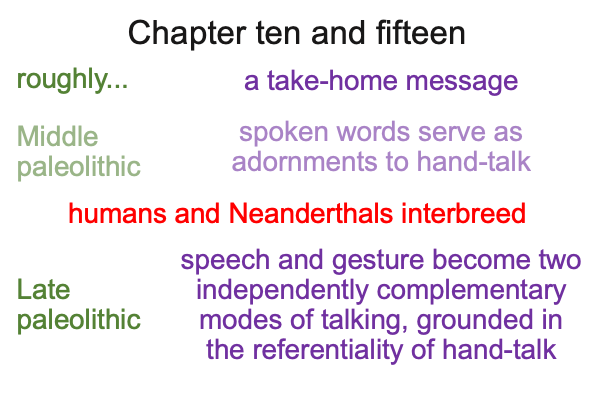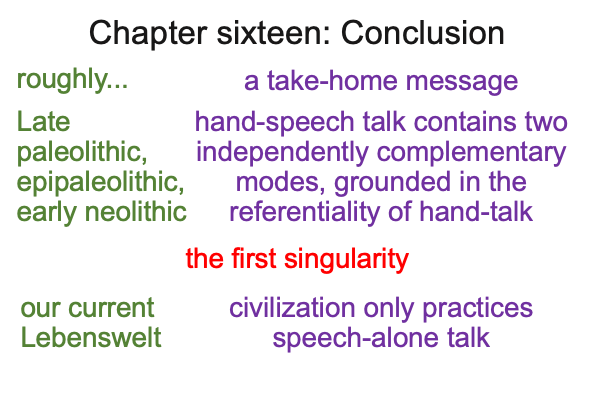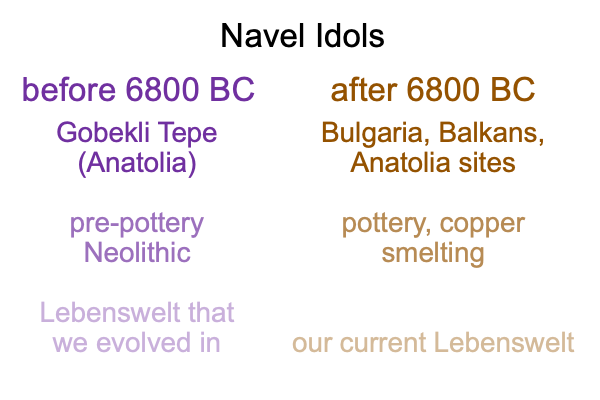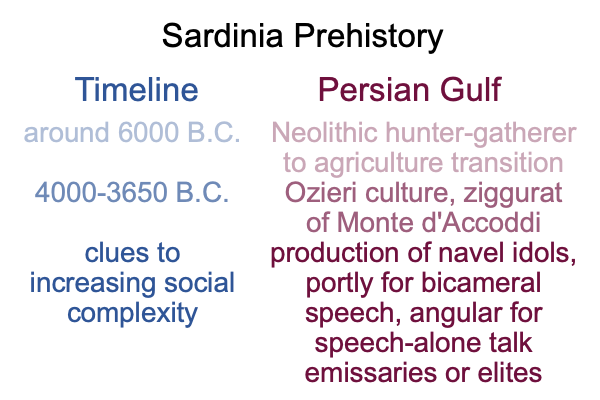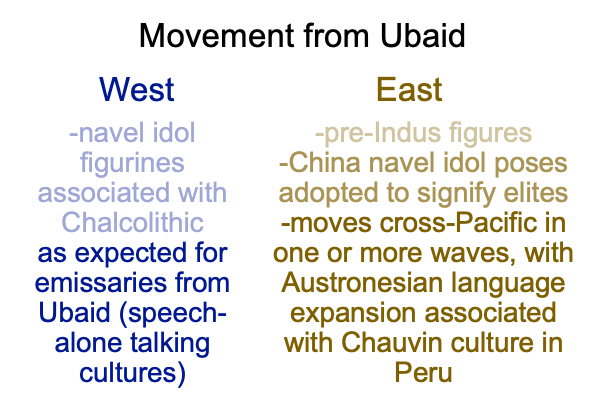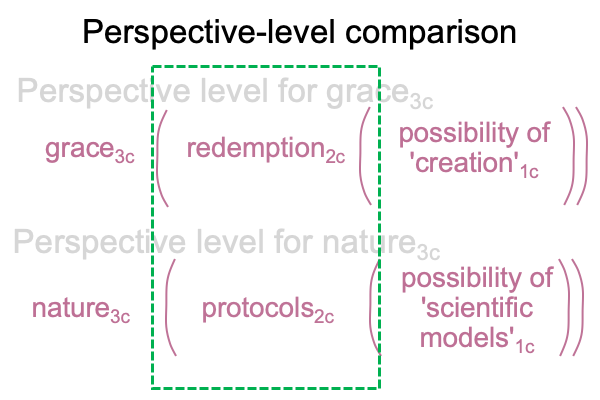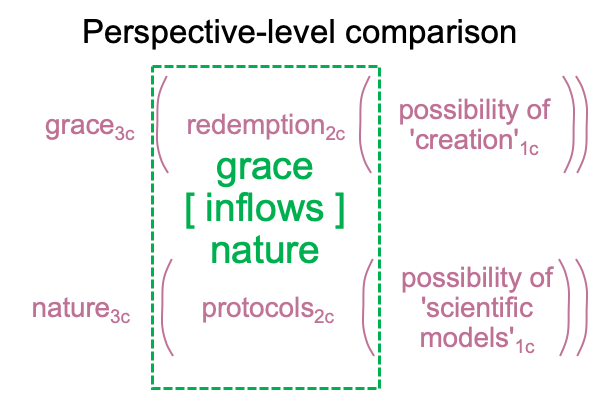Looking at Dennis Venema and Scot McKnight’s Book (2017) “Adam and the Genome” (Part 1 of 22)
0001 This essay comments on a 2017 book by biologist, Dennis Venema, and theologian, Scot McKnight. The title is Adam and the Genome: Reading Scripture after Genetic Science. The publisher is Brasos Press in Grand Rapids, Michigan.
The book consists of two equal parts. The geneticist shows that Adam and Eve cannot be a single pair who founded the human species. The theologian wrestles with how to read Genesis in light of modern archaeology.
0002 My goal is to supplement these arguments in two ways. I will re-articulate ideas about evolutionary biology using the specialized language of the category-based nested form. I will present a scientific hypothesis that re-images the Adam and Eve stories as ancient Near Eastern fairy tales.
Perhaps, at the end of these comments, I can declare, “The old historical Adam is dead. Long live the new historical Adam.”
0003 Before I begin, I attend to some housekeeping items.
‘Words that belong together’ are denoted by single quotes or italics.
Suggested readings include Primer on the Category-Based Nested Form (#1), Primer on Sensible and Social Construction (#2), and the chapter on message in How to Define the Word “Religion”. These works, by Razie Mah, are available at smashwords and other e-book venues, along with the compilation of this blog, titled, Comments on Dennis Venema and Scot McKnight’s Book (2017) Adam and the Genome.
0004 In order to see where many evangelicals are coming from, consult the September 2010 issue of Perspectives in Science and Christian Faith. This particular journal of the American Scientific Affiliation presents a snapshot of some of the difficulties posed by the early chapters of Genesis.
0005 The 2017 book, Adam and the Genome: Reading Scripture after Genetic Science, addresses one conundrum with a simple admission: Adam and Eve cannot be the progenitors of all humans, as proposed by Saint Augustine, 1600 years ago. The admission rebukes Christians striving to locate the primal couple in a genetic bottleneck event between 50 and 150 thousand years ago.
0005 Unfortunately, their solution provides little defense for Christian doctrine. Big government (il)liberals (BGilLs) claim that evolution disproves the second creation story in Genesis, just like the mercantilists, fascists and communists before them. BGiLs also insist that the Bible is the stuff of myths.
0006 Evangelical communities continue to bleed students.
Why?
Original Sin.
Christians think it describes the human condition.
BGilLs do not.
0007 Christians believe that humans are disoriented. Jesus provides orientation. Jesus is the way.
For BGilLs, the human condition is perfectible through a never-ending revolution by an administrative state. The human condition may be fulfilled by knowing one’s self. Or, is it – constructing – one’s self?
With Original Sin, we are actors in a theodrama that transcends critical theory. Indeed, critical theory may typify the corruption of Original Sin.
Without Original Sin, we are foolish players strutting on the world’s stage, full of sound and fury, signifying nothing. So why not accept the ministrations of a totalitarian government? Why not construct oneself?

